Covid 19: Things to Consider Before Using Oxygen Concentrator at Home

It’s been more than a year since the world was hit by Covid-19 and we are still coping with it. Covid-19 directly attacks the respiratory system of the human body which subsequently decreases the level of oxygen in the body.
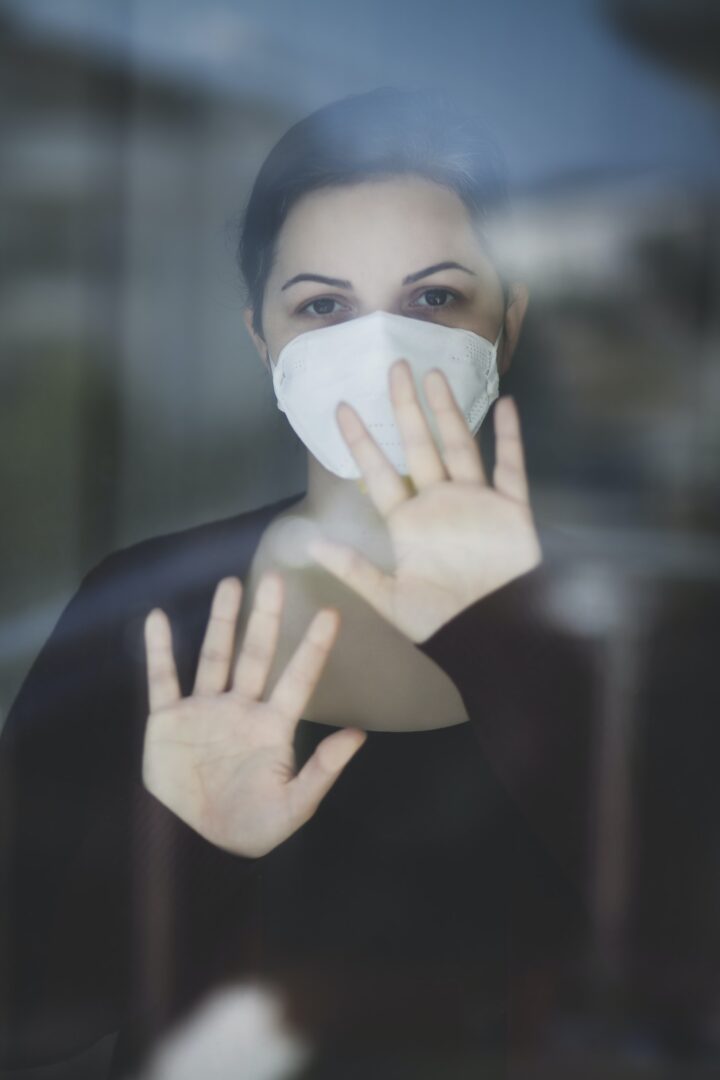
In a situation like this, the infected person is unable to breathe properly, and to maintain the oxygen level in the blood, it is required to provide oxygen supply from artificial means i.e., either from oxygen cylinders or oxygen concentrators.
In pre-Covid times there were only a few people who knew about oxygen concentrators as there was very less demand and used only by patients with asthma or other respiratory diseases.
Now the demand and need for oxygen concentrators have risen, but before we dig into the guidelines to buy a concentrator let’s know what exactly an oxygen concentrator is and how it works.
Oxygen Concentrators

As science states, in the air, there is only 21% of oxygen present with other gases and the same goes when we breathe. We inhale only 21% of the oxygen into our body that is present in the air.
Normally, this concentration meets all the demands of the oxygen required by the human body but if a person has been infected with Covid-19 then the oxygen level drops in the body, and to maintain the oxygen level a person requires more oxygen concentrated air.
This led to a rapid rise in oxygen demand to treat Covid-19 infected patients. However, only the severe cases of Covid need oxygen cylinders whose oxygen level is below 90. Those who get mildly affected from Covid-19 can use oxygen concentrators at home if their oxygen level varies from 90-94.
How Does It Work?
The oxygen concentrators provide more concentrated air for the patient to breathe. Experts say that a Covid infected person requires air to breathe that has 90% of its concentration as oxygen.
The motor that is fitted in an oxygen concentrator sucks the air from the surroundings which then passes through filters and the heating process removes the nitrogen and compresses the oxygen.
Now the compressed oxygen passes through the clean water and provides pure oxygen for the infected person to breathe.
Now that you know what is an oxygen concentrator and how it works, here are few things that you need to consider before using an oxygen concentrator at home:
1. Consult a Doctor
If you get symptoms of Covid-19 immediately consult a doctor rather than being the doctor yourself. There’s a reason they are called doctors, a doctor will prescribe you the treatment while examining the severity of the case.
And if your doctor recommends an oxygen concentrator then it is better to ask them which will be best for you. They are in this field and would know the best ones that are out there.
2. The Capacity of Oxygen Concentrators
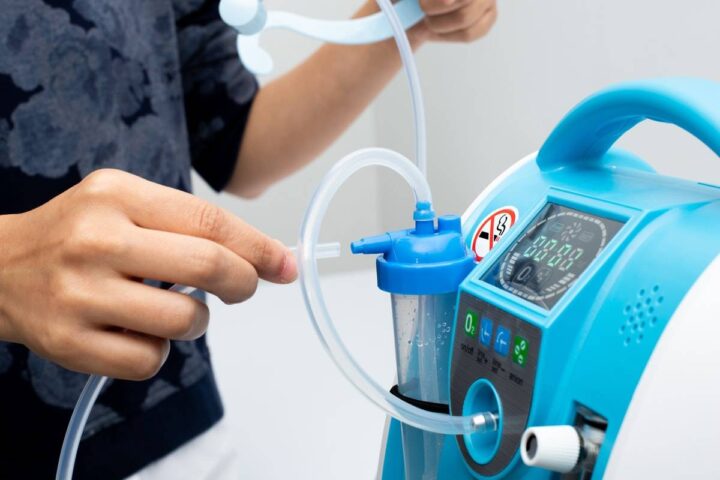
With the capacity of the concentrators, it means the amount of oxygen a concentrator can provide in a minute. In the market, you can find 5L and 10L concentrators meaning they can provide 5 liters of oxygen in a minute and 10 liters of oxygen in a minute, respectively.
It all depends on what your doctor has prescribed.
3. Oxygen Concentration Levels
While buying an oxygen concentration for your home, you should always check the level of oxygen concentrators meaning, every concentrator provides pure oxygen to the patient but the oxygen concentration varies.
Some concentrators provide 85% of pure oxygen and others can provide up to 90% of pure oxygen, all depending on the quality of the concentrators.
You should buy a more efficient concentrator that has a substance, for example, the zeolite oxygen sieve by Jalon, which performs better and has the capacity to generate more oxygen concentration levels
4. Flow Rate
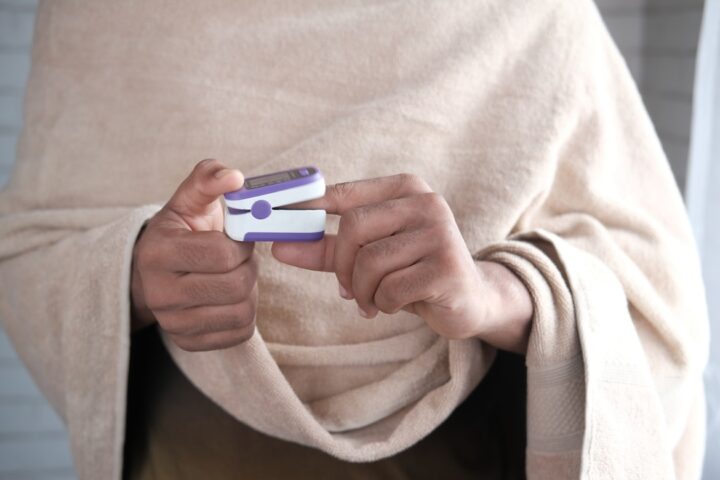
The consumption of the purified oxygen can vary from person to person and hence, this is when flow rate comes to the picture. Flow rate means the rate of flow of purified oxygen from the machine to the patient.
Every patient requires a different flow rate as per their body needs, even the same person can require a different flow rate while resting or while doing some work.
So, it is recommended to buy a concentrator that has the option of optimizing the flow rate according to the requirements.
5. Power Consumption
These oxygen concentrators work on electricity, do the required work, and thus consume power. Because of different manufacturers, all concentrators consume different powers and provide different oxygen concentration levels.
Though it is sane to go for a less power-consuming one, you should also keep a check on the oxygen concentration level that it’ll provide. Low power-consuming concentrators might not provide the required amount of oxygen level as prescribed by your doctor.
It is advised to pick a concentrator that meets the demands of the required oxygen concentration level.
6. Portable
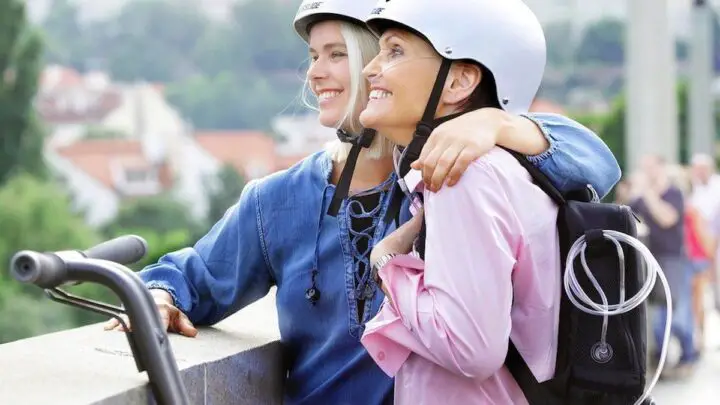
Oxygen concentrations come in all shapes and sizes and hence getting a concentrator that is easy to handle and portable should be on your checklist.
While you use the concentrator it is not likely that you’ll be resting or sitting all the mind, the portable concentrators give you the ease to roam around the house to carry out the essential task.
These portable concentrators come in handy when the condition gets more serious and you have to take a visit to your doctor or hospital as you can always keep them by your side.
7. Cost, Company, Warranty
While buying an oxygen concentrator you should always check the price of different models from different companies, you might get to see different prices for the concentrator with the required features from different companies.
Always, check out the companies. Are they valid? Because in times of need many companies started manufacturing oxygen concentrators but do they all pass the quality check.
Every concentrator comes with a warranty, the warranty year and policies might differ from company to company.
Conclusion
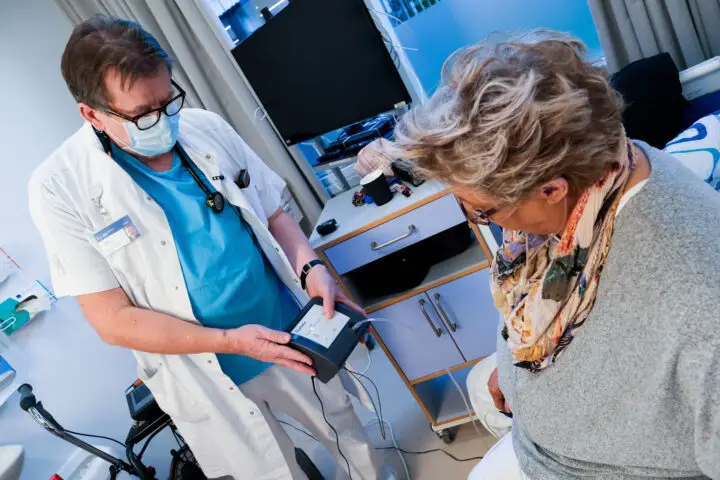
You can take the help of the above-mentioned guidelines before buying an oxygen concentration but keep in mind that always consult a doctor.
If things get severe at home and your oxygen level drops below 90 then immediately pay a visit to your doctor or move to a hospital. And most of all, it is important to make use of hand sanitizers and masks to keep yourself safe.
